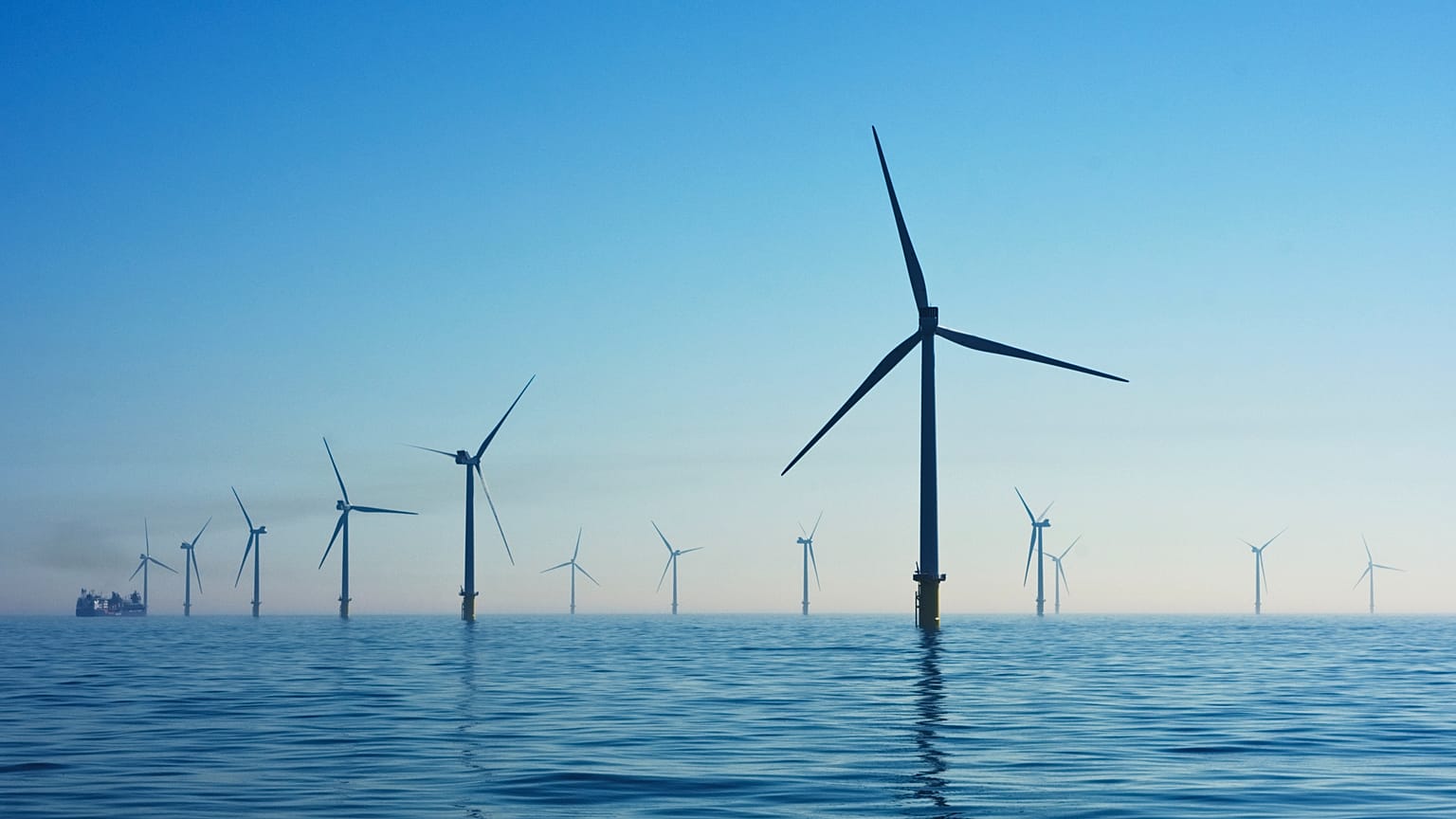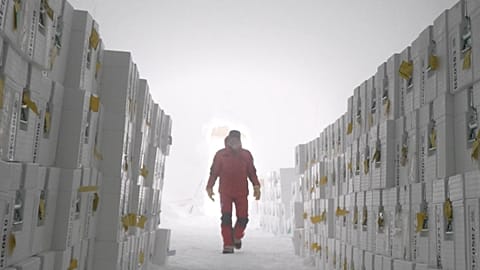Under the Renewable Energy Directive, the EU has increased its 2030 renewable target from 32 per cent to 42.5 per cent.
The amount of renewable energy used by EU countries is on the rise, according to a recent report.
Eurostat, the statistical office of the European Union, found that the share of renewable sources in gross energy consumption at the EU level reached 23 per cent in 2022.
That’s up from 2021, which saw 21.9 per cent come from renewables.
Here’s how different European countries compared.
Which EU country uses the most renewable energy?
Renewable energy sources include wind power, solar power (thermal, photovoltaic and concentrated), hydropower, tidal power, geothermal energy, ambient heat captured by heat pumps, biofuels and the renewable part of waste.
Sweden was the EU country that used the most renewable energy in 2022, the Eurostat report found.
Nearly two-thirds of its gross final energy consumption was derived from renewable sources. Sweden relied primarily on hydro, wind, solid and liquid biofuels, as well as heat pumps.
Finland came in second place with 47.9 per cent of its energy from renewable sources. The Nordic country also relied on hydro, wind and solid biofuels.
Latvia followed at 43.3 per cent, depending mostly on hydro. Both Denmark (41.6 per cent) and Estonia (38.5 per cent) got most of their renewables from wind and solid biofuels.
Portugal (34.7 per cent) relied on solid biofuels, wind, hydro and heat pumps, while Austria (33.8 per cent) utilised mostly hydro and solid biofuels.
The lowest proportions of renewables were recorded in Ireland (13.1 per cent), Malta (13.4 per cent), Belgium (13.8 per cent) and Luxembourg (14.4 per cent).
In total, 17 of the 27 EU members reported shares below the EU average of 23 per cent in 2022.
EU countries need to ramp up their renewable energy use
Under the Renewable Energy Directive, the EU has increased its 2030 renewable target from 32 per cent to 42.5 per cent. The bloc also aims to boost that even further to 45 per cent soon.
“Therefore, EU countries need to intensify their efforts to collectively comply with the new EU target for 2030,” the Eurostat report states, “which requires increasing the share of renewable energy sources in the EU’s gross final energy consumption by almost 20 per cent.”
Furthermore, the EU aims to become the world’s first climate-neutral continent by 2050 under the European Green Deal.
This ambitious package of measures aims to help European citizens and businesses benefit from a sustainable green transition.
The use of renewable energy helps reduce greenhouse gas emissions, diversify energy supplies and reduce dependency on fossil fuel markets.
The growth of renewable energy sources may also stimulate employment in the EU by creating jobs in new ‘green’ technologies.


















